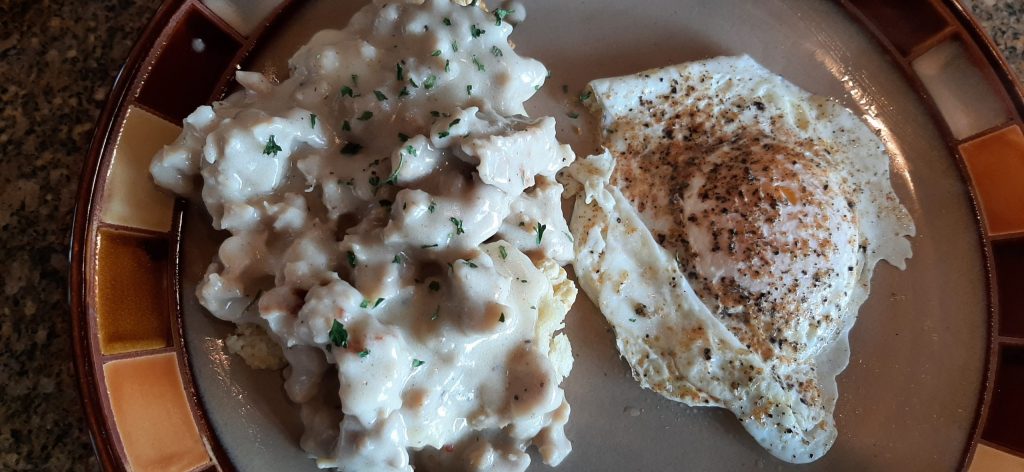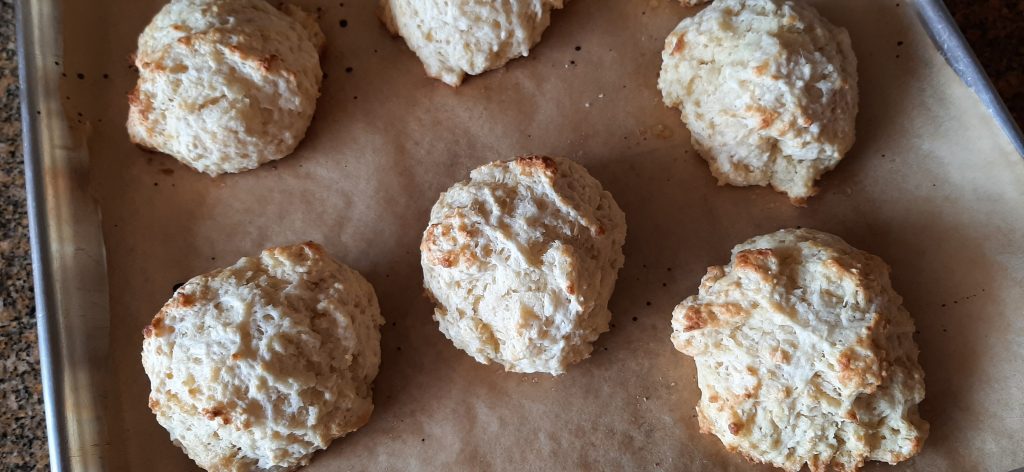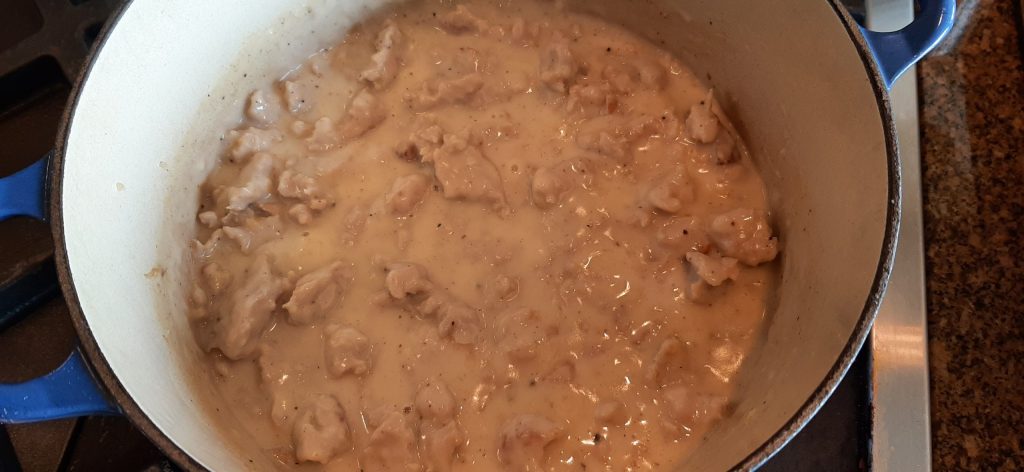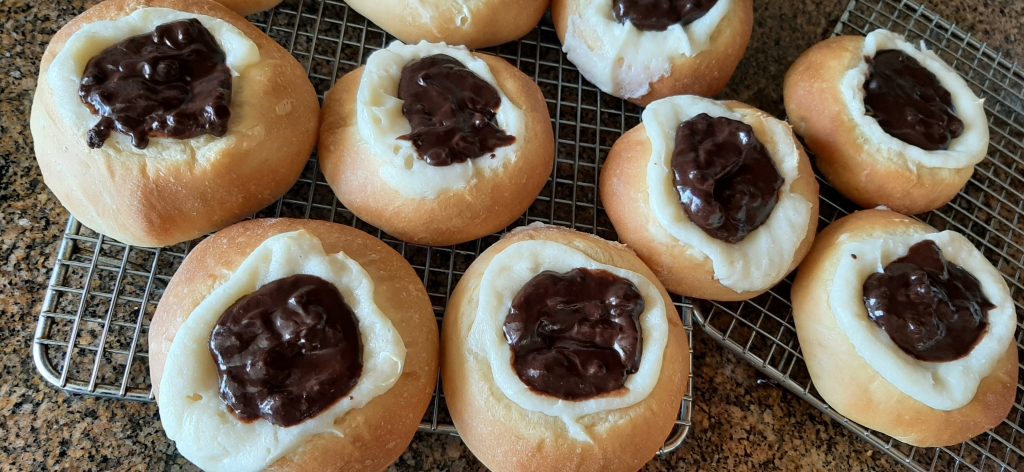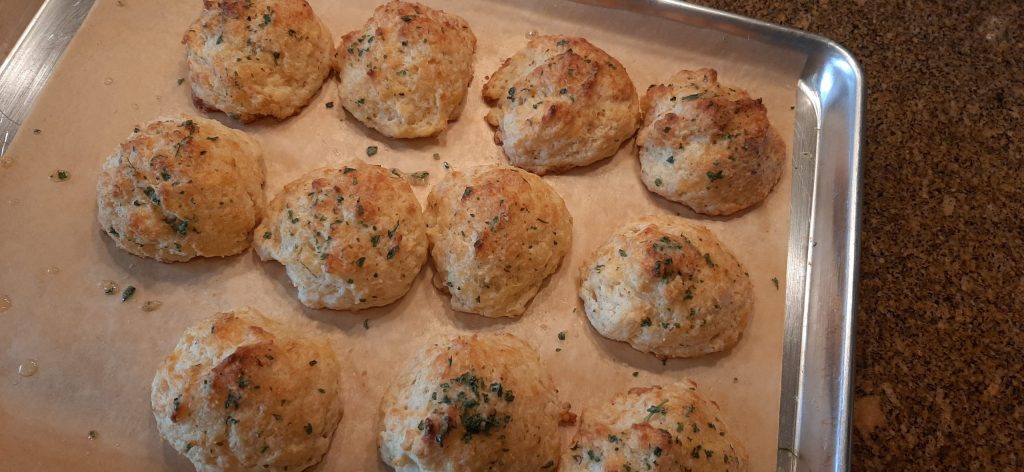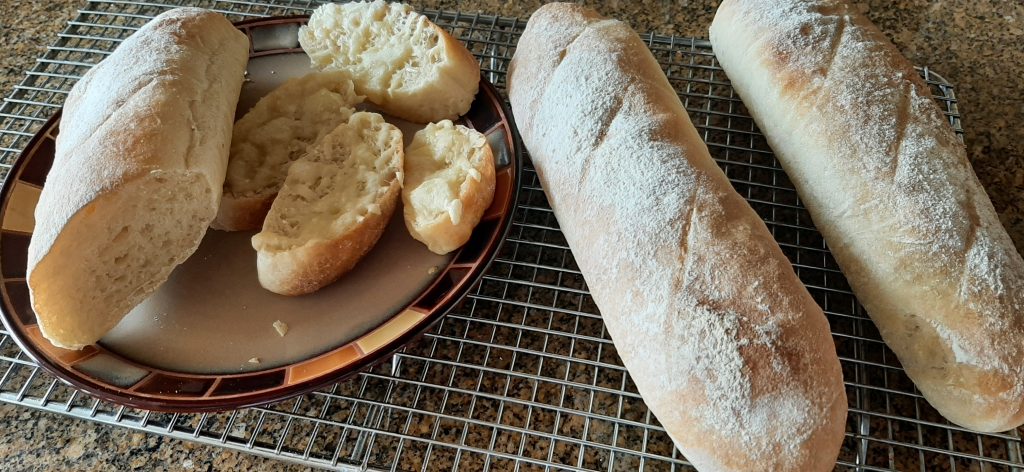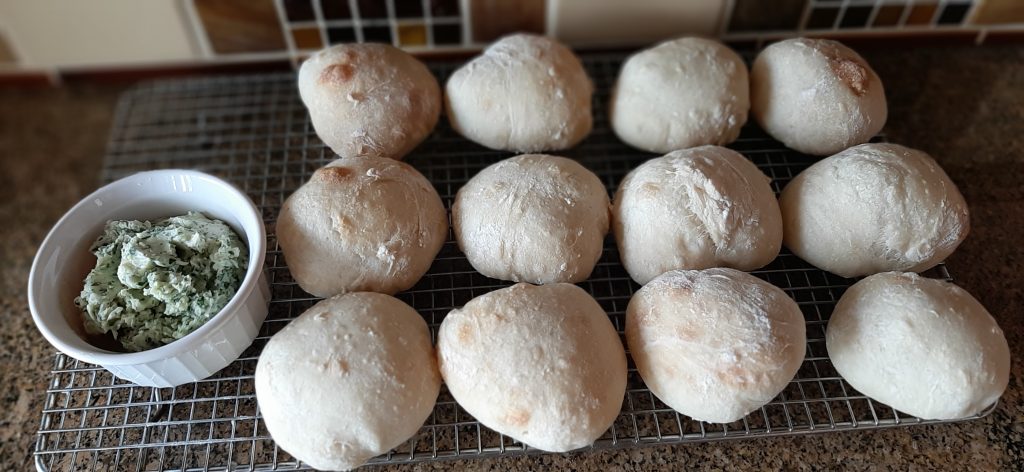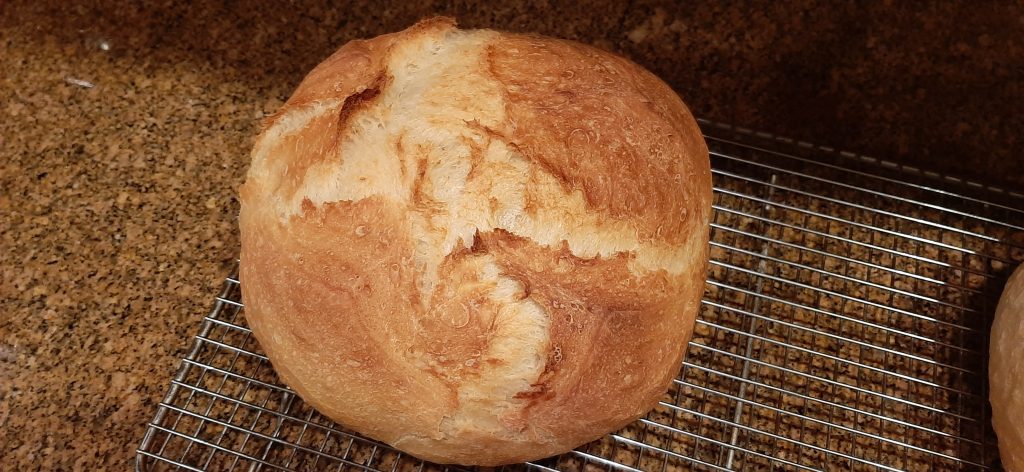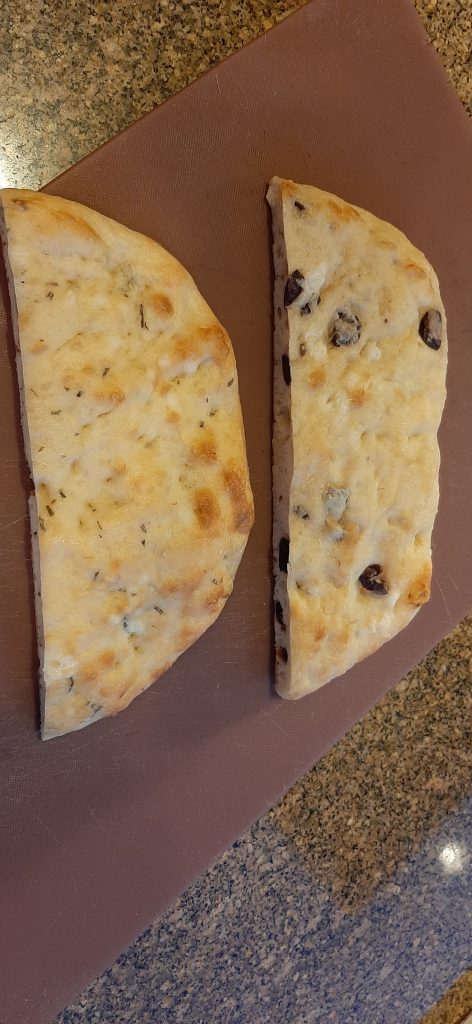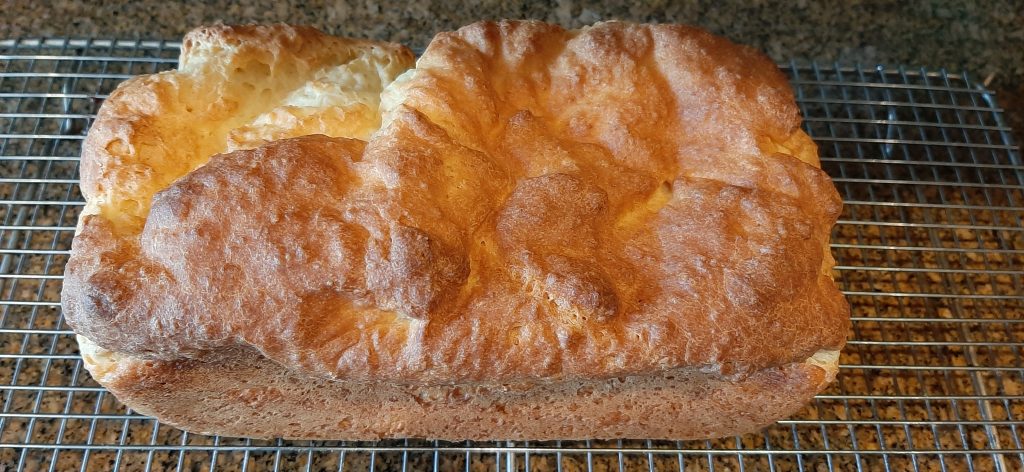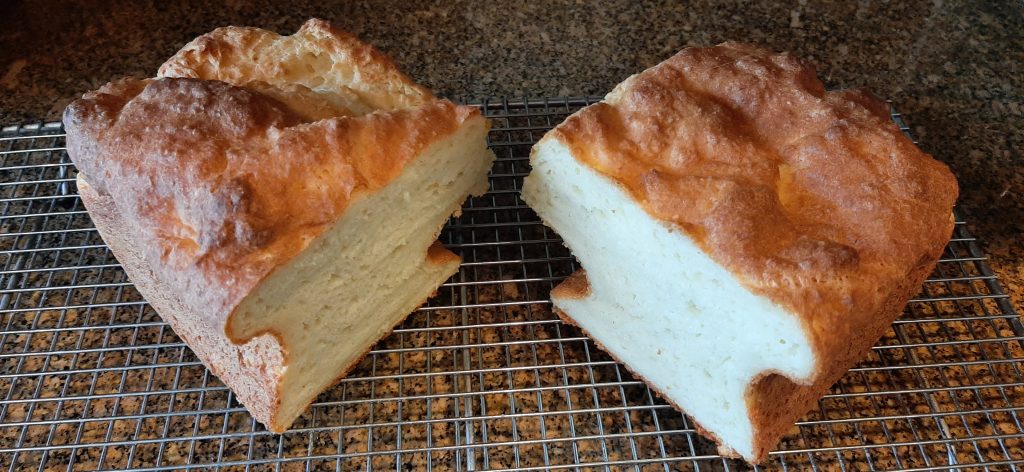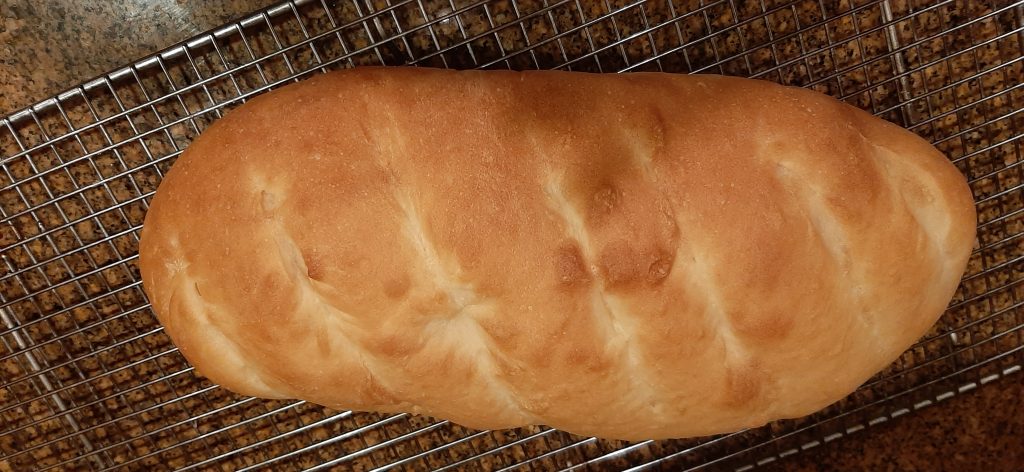I am always looking for new quick bread recipes to take along on trailer trips or when we leave for a few days to visit family, friends, or stay in a condo on the ocean. I enjoy going out for breakfast occasionally, but much prefer to save my eating out experiences to lunches on the road or dinners where I can have a drink and leisurely enjoy my evening meal. Breakfast out simply does not carry the same cachet as having dinner at a restaurant. And frankly, except for the hashbrown potatoes, I can whip up breakfasts faster in our trailer or condo than getting in our truck and driving into whatever town may be close by. And of course, I always like to try new recipes.
For my birthday celebration I made Carrot Cake with Cream Cheese Frosting (recipe on site) because I truly love a good carrot cake. So, when getting ready to go to a family reunion in Oregon a couple of weeks ago, I decided to continue the “carrot cake” theme and made this bread to take along. And it was well received. Moist and tender with a lovely bit of crunch from the pecans and streusel topping.
So, if you too love carrot cake but feel guilty when you have a big old piece of carrot cake with cream cheese frosting for breakfast, then give this “bread” recipe a try instead. And yes, you might miss the cream cheese frosting. But I promise the streusel topping will make everything OK.
Well, it’s overcast here in Western Washington. And unfortunately, lightning storms are predicted for the Cascade Mountains. Which is always a problem. We already have a terrible wildfire burning close to the village of Stehekin, at the North end of Lake Chelan, in the heart of the North Cascades. And any lightning strike that hits land, especially in summer, is a fire just waiting to happen.
So, wherever you are, please be extra diligent in putting out your campfires, lighting and shutting down your outdoor grills, burning trash, or disposing of your cigarettes, etc. We are all in this together. And natural causes do enough damage without our avoidable assistance.
And sorry for no picture. I was so busy putting things together to take along, I failed to capture this bread on my camera. (Bad Patti!) But next time I make this bread I will rectify my error.
Peace and love to all.
1¾ c. unbleached all-purpose flour, fluffed
1 tsp. baking soda
½ tsp. baking powder
½ tsp. fine sea salt
1½ tsp. ground cinnamon
¼ tsp. ground ginger
¼ tsp. ground nutmeg
3 eggs, room temp.
½ c. vegetable oil
⅓ c. sour cream
1 med. apple, peeled and grated
2 c. grated carrot
1 c. light brown sugar packed
1 tsp. vanilla extract
¾ c. finely chopped pecans
Grease a 9×5-inch loaf pan or 2 7-inch loaf pans. Line the bottom(s) with parchment paper.
Whisk together the flour, baking soda, baking powder, salt, cinnamon, ginger, and ground nutmeg in a medium bowl. In a large bowl, stir together the eggs, vegetable oil, sour cream, grated apple, grated carrot, brown sugar, vanilla extract, and chopped pecans.
Stir the flour mixture into the carrot mixture just until combined. Pour into prepared pan(s). Top with streusel mixture.
Bake a 9×5-inch pan in a pre-heated 350-degree oven for 50-60 minutes or until a toothpick inserted in the center comes out clean. Bake 2 7-inch loaf pans for about 40 minutes or until a toothpick inserted in the center comes out clean. Do not overbake. Remove from oven and cool the bread in the pan on a wire rack for 5-7 minutes before removing from pan. (Also remove the parchment paper at this time.)
Streusel:
2 T. melted unsalted butter
½ c. brown sugar, packed
1 tsp. ground cinnamon
½ c. unbleached all-purpose flour
½ c. finely chopped pecans
Blend the butter, brown sugar, and cinnamon. Add the flour and nuts, mix until crumbly. Place the mixture on top of bread dough and bake as instructed above.

